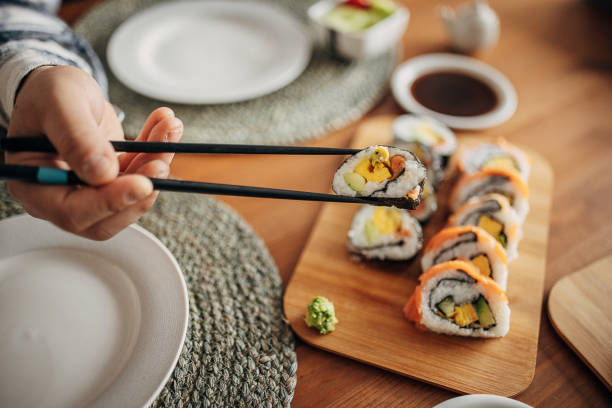In the culinary world, there exists a tradition that blurs the lines between art, gastronomy, and controversy: nude sushi. Originating in Japan centuries ago, nude sushi, or “nyotaimori,” involves serving sushi or sashimi on the naked body of a woman. This practice has captivated imaginations, sparked debates, and garnered both fascination and criticism worldwide.
Nude sushi traces its roots back to the geisha culture of feudal Japan, where it was believed to have originated as a way to entertain samurai warriors. The tradition evolved over time, becoming a niche practice reserved for special occasions or high-end events. The meticulous preparation of the sushi, combined with the aesthetic presentation on a human canvas, elevates the dining experience to an art form.
However, despite its cultural significance and artistic allure, nude sushi has also been the subject of intense scrutiny and ethical debate. Critics argue that it objectifies and commodifies the female body, reducing it to a mere serving platter. Concerns about consent, exploitation, and gender equality have led to bans on nude sushi in certain jurisdictions and widespread condemnation from feminist groups.
Proponents of nude sushi, on the other hand, defend it as an expression of cultural heritage and an avant-garde dining experience. They emphasize the importance of consent, professionalism, and respect for the performers involved. For some, participating in nude sushi is a form of empowerment and agency, reclaiming control over their bodies and challenging societal norms.
Despite the controversy surrounding it, nude sushi continues to thrive in select circles, where it is regarded as a symbol of luxury, indulgence, and culinary innovation. Whether viewed as a time-honored tradition or a controversial spectacle, one thing remains clear: nude sushi occupies a unique space in the culinary landscape, where tradition intersects with modernity, and art coexists with controversy.
